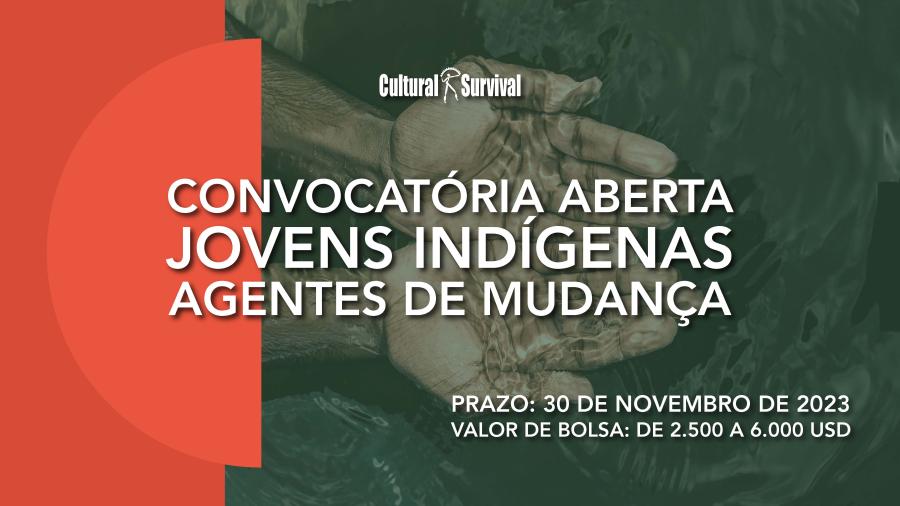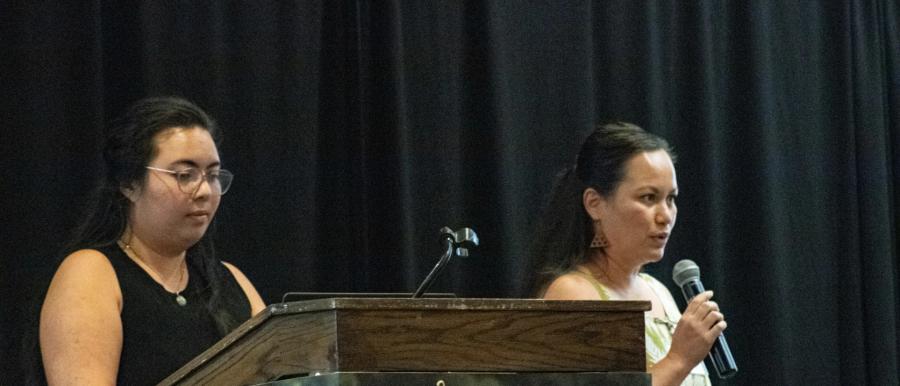If you’ve been reading Cultural Survival Quarterly magazine for any length of time, you will have been exposed to what must seem like an endless stream of outrages committed against Indigenous Peoples. And it’s easy, reading about these situations, to feel sorry for the Indigenous communities affected, particularly if you are not Indigenous yourself. But pity is actually an inappropriate response. Indigenous communities are far from helpless victims—you don’t survive 500 years of colonialism without being tough, resilient, self-reliant, and innovative.
This issue of Cultural Survival Quarterly is a good example of that idea. The article “The New Urban Jungle” that begins on page 34 presents the case of Peruvian Indigenous people who are creating a new city on the outskirts of an existing city. The migration to urban areas is partly the result of economic pressures on their rural communities, but these people are not refugees: they are creating this new city on their own terms, to give themselves a foothold in markets where they can sell their produce, to give their children access to better educations and services. They are creating their own legal and administrative structures there, and they are negotiating with the government for recognition of their rights. And they’re doing this while maintaining a presence in their rural communities. Their houses in the city are outposts of convenience, not desperate refuges.
The Rama people of Nicaragua’s Caribbean coast offer another example. “Safe Harbor,” which begins on page 14, introduces us to Ervin Hodgson, a Rama man who trained as an ecologist and is now training and recruiting his community members to address the issues faced by their community. Those issues include the deforestation of their lands and an impending freight canal that would run right through their territory. The canal, particularly, is a massive and urgent issue, and one in which the opposing parties could not be more sharply contrasted. On one side you have international governments that want to finance the billion-dollar project (South Korea is the latest backer); on the other, you have Ervin and his fishing community. But Ervin is undeterred, and he is working to organize and educate his community and recruit outside aid. The Rama may not win the struggle, but it won’t be for lack of trying.
Our Women the World Must Hear department in this issue profiles an Australian Aboriginal linguist who is working to revive that country’s Indigenous languages, which were decimated by government programs. And our Indigenous Food department describes the efforts of a group of Inupiaq people who are working to replace their community’s dependence on convenience store food with traditional methods of hunting, fishing, and gathering wild foods. These are not initiatives set up by outside aid agencies or governments; they are conceived, launched, and run by Indigenous communities acting as the sovereign nations they are.
Clearly, then, there is no reason for pity here or in the hundreds of other similar situations in Indigenous communities around the world. There is only cause for admiration—and support. As you can see from these examples, Indigenous communities are taking on very large economic interests and social forces, and they usually are working with very limited resources. That’s why Cultural Survival is here: to reinforce Indigenous Peoples’ own efforts to defend their rights to their lands, languages, and cultures. And that’s why the support of Cultural Survival members like you is so essential. Thank you for lending a hand.



